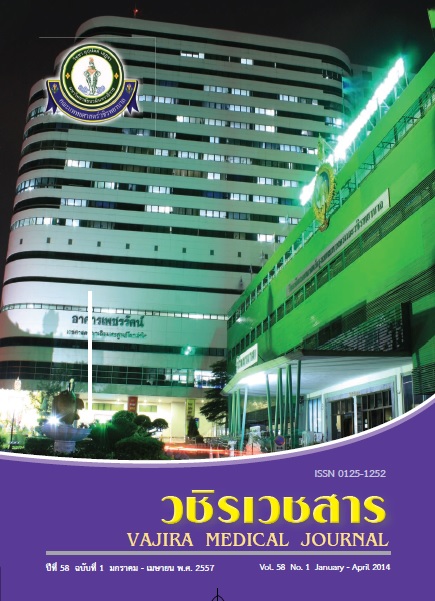Acute Development of Negative Pressure Pulmonary Hemorrhage Secondary to Endotracheal Tube Obstruction: A Case Report
Main Article Content
Abstract
Negative pressure pulmonary edema (NPPE) immediately after general anesthesia is a rare yet life threatening complication. It is caused by an increased fluid in the interstitial spaces and alveoli due to forced inspiratory efforts against tightly closed glottis and was described since 1977. The resulting pulmonary edema can appear within a few minutes after airway obstruction or in a deferred way after several hours, but rarely have frank pulmonary hemorrhage such as in this case. The clinical manifestations are potentially serious, but normally respond well to treatment with supplemental oxygen, positive pressure mechanical ventilation and diuretics. We report a clinical case with acute negative pressure pulmonary edema and exsanguinations of pulmonary bleeding after deep cervical lymph node biopsy under general anesthesia.
Downloads
Download data is not yet available.
Article Details
How to Cite
Kanoksin, S., Vitayaburananont, P., Sadad, Z., Pungsopa, N., & Suvarnakich, K. (2014). Acute Development of Negative Pressure Pulmonary Hemorrhage Secondary to Endotracheal Tube Obstruction: A Case Report. Vajira Medical Journal : Journal of Urban Medicine, 58(1), 67. retrieved from https://he02.tci-thaijo.org/index.php/VMED/article/view/25035
Issue
Section
Case Report


